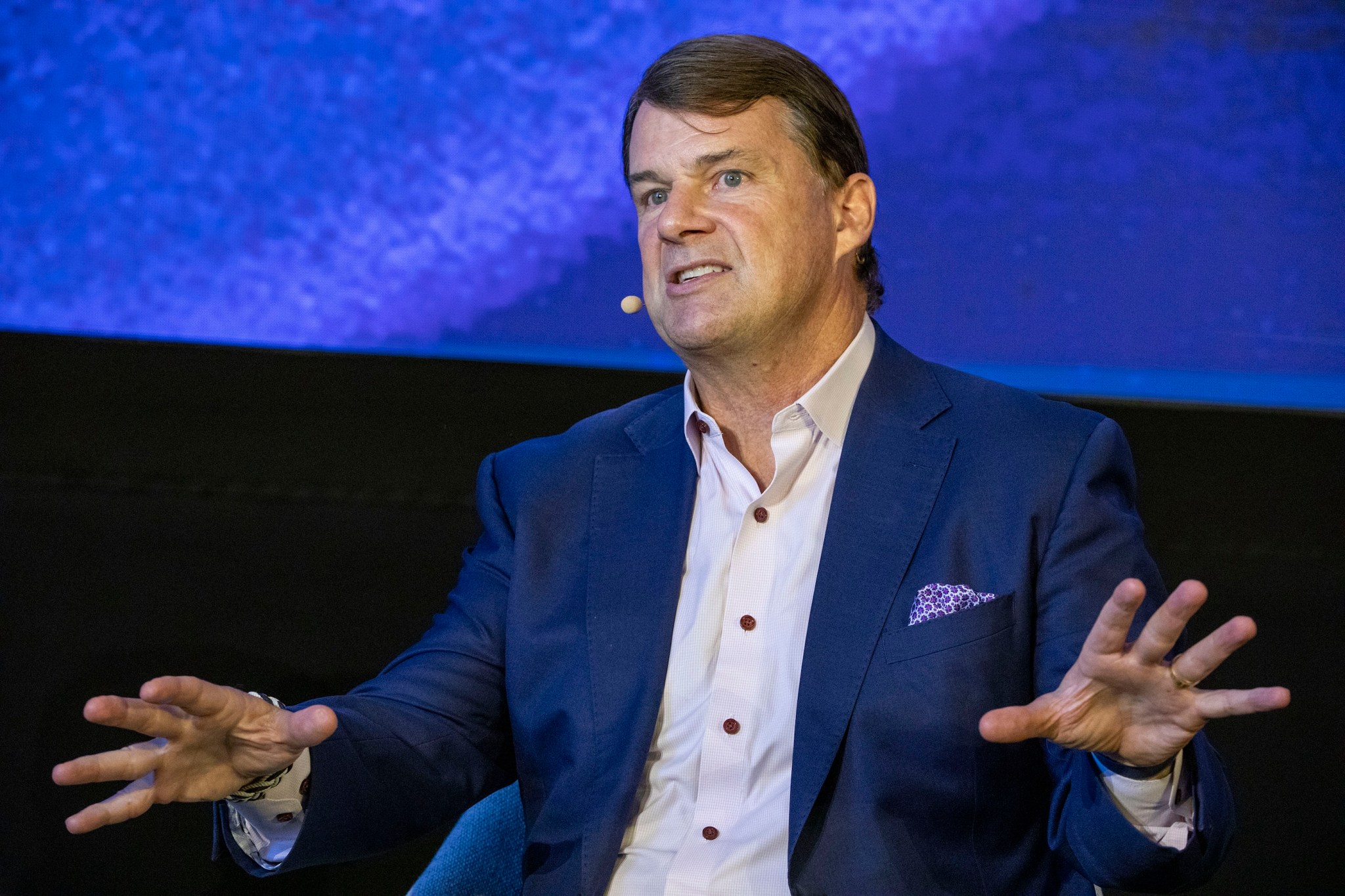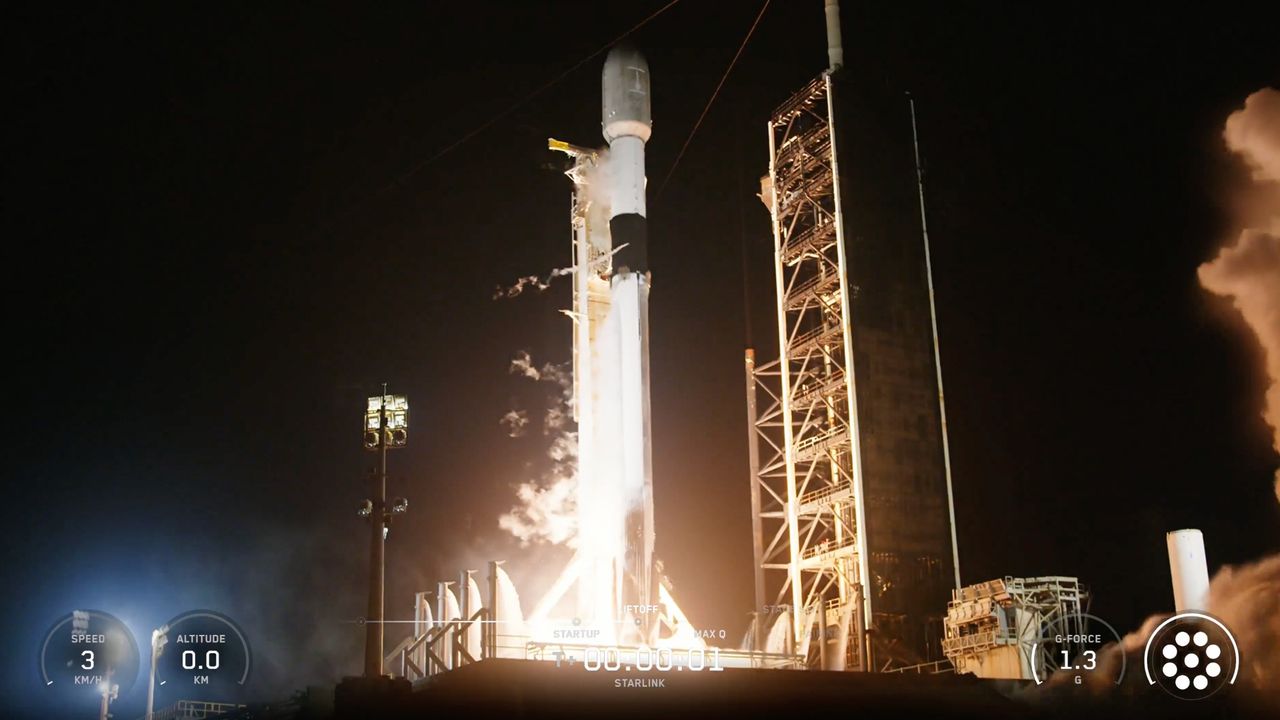**Ford Reports Record Q3 Revenue with Strong Performance Despite Challenges**
By the numbers, Ford delivered record third-quarter revenue of approximately $50.5 billion, alongside an adjusted EBIT of roughly $2.6 billion. This marks an essentially flat year-over-year performance, yet it surpassed Wall Street expectations. The company’s strength in Ford Pro and trucks helped offset tariff headwinds and losses from its EV segment.
Ford also generated about $4.3 billion in adjusted free cash flow (FCF) during the quarter, lifting the year-to-date FCF to roughly $5.7 billion. This supported a robust liquidity position of about $54 billion, including nearly $33 billion held in cash.
**Outlook Resets**
Management has lowered the full-year 2025 adjusted EBIT guidance to a range of $6.0 billion to $6.5 billion, down from the previous estimate of $6.5 billion to $7.5 billion. Adjusted free cash flow guidance was also revised down to between $2.0 billion and $3.0 billion from the earlier $3.5 billion to $4 billion forecast.
Ford now expects a 2025 adjusted EBIT headwind of roughly $1.5 billion to $2.0 billion due to a supplier incident, with at least $1 billion of that expected to be mitigated in 2026. The company plans to maintain capital expenditures near $9 billion while pursuing an additional $1 billion in industrial cost reductions next year.
**Tariffs and Credits**
Tariffs remained a significant factor in Q3, with Ford citing approximately a $700 million quarterly burden. Broad-based duties on imported vehicles and parts increased costs and impacted pricing. Despite this, management anticipates 2025’s net tariff hit to be closer to $1 billion—down from prior expectations of roughly $2 billion.
This improvement is partly due to policy adjustments that reward U.S. assembly and offset parts costs, plus new 25% duties on imported medium- and heavy-duty trucks, which favor Ford’s U.S.-built Super Duty lineup.
**Farley Thanks Trump**
Ford CEO Jim Farley expressed gratitude to former President Trump and his team for the recent tariff policy developments. “As the most American auto manufacturer, we appreciate credit based on our large U.S. manufacturing volume, which allows us to offset tariffs on imported auto parts needed for our strong American production and manufacturing base,” Farley said during the earnings call.
He added, “Tariffs leveling the playing field for imported medium and heavy-duty trucks is a positive for Ford because we are no longer disadvantaged for building every single one of our Super Duty trucks here in the United States.”
Farley and other company leaders are also closely monitoring prospects for a meaningful reduction in federal tailpipe emissions requirements, which could materialize by the end of the year.
**EV Ambitions and Supply Chain Challenges**
Fortune previously analyzed Ford’s $5 billion investment in its next-generation EV platform and the company’s goal to build what Farley called the “Model T of electric vehicles”—a radical manufacturing overhaul with the potential to redefine Ford’s future.
Farley has acknowledged the complexity of supply-chain realignment amid shifting White House trade policies, noting that the company “can’t even buy” certain parts in the U.S. at this time.
**Segment Dynamics**
– **Ford Pro**: Remained the company’s profit engine with about $17.4 billion in revenue and roughly $2.0 billion in EBIT, driven by strong commercial demand and pricing power in vans and Super Duty trucks.
– **Model E (EV Division)**: Continued to weigh on results with year-to-date losses totaling about $3.6 billion.
– **Ford Blue**: Delivered approximately $1.5 billion in EBIT, supported by hybrids and core internal combustion engine models amid uneven EV adoption.
**What It Means for 2026**
Executives outlined a cleaner setup for 2026, including a partial recovery from the Novelis supplier impact. Tariff effects are expected to remain broadly similar to 2025 but will be better offset by credits and product mix.
Additionally, anticipated compliance headwinds are expected to be eliminated as emissions rules evolve. The company plans another $1 billion in structural cost reductions to be reinvested into high-return ICE and hybrid programs.
The overarching strategy is clear: prioritize high-ROI trucks and hybrids now, fund a disciplined EV roadmap based on a next-generation platform later, and leverage policy tailwinds to defend margins in Ford’s most American businesses.
—
*Note: For this story, Fortune used generative AI to assist with the initial draft. An editor verified the accuracy of the information before publication.*
https://fortune.com/2025/10/24/ford-ceo-jim-farley-thanks-president-trump-tariff-policies-q3-earnings-beat-outlook-cut/



